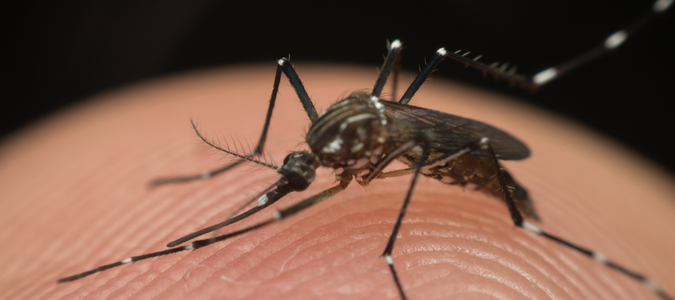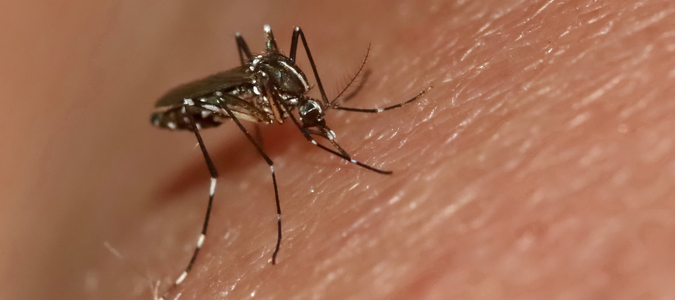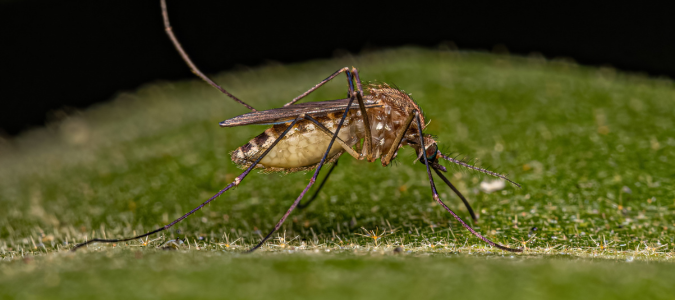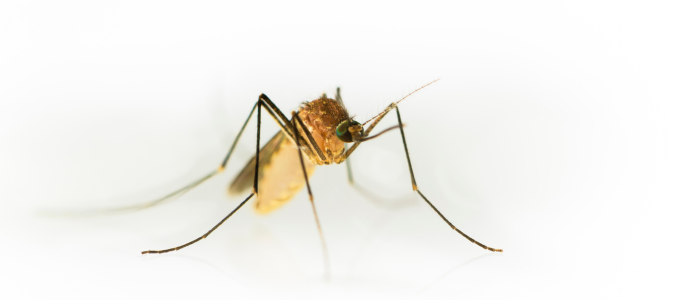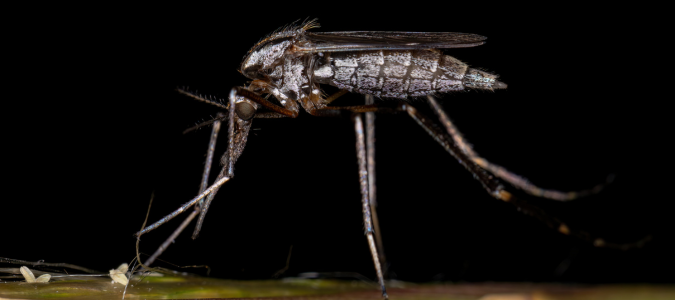You’re proud of your home. You’ve spent years caring for it, improving it and making it suit your style. Your home and landscape have never looked better. But there’s still a problem you’ll encounter, simply because you live in Texas: mosquitoes.
In addition to being an annoyance, these tiny biting creatures pose a risk to you, your family and your pets. Maybe you’re starting to feel their presence every time you step outside, or you’re tired of getting covered in itchy bites. You might find yourself wondering: what mosquito species live in Texas?
Mosquitoes in Texas: What Homeowners Should Know
You probably can’t spend much time outside without feeling the itch of new mosquito bites. New reports of cases of mosquito-borne diseases, such as the Zika virus, don’t seem to be going away.
Now may be the time to rethink the measures you take to protect yourself and your family from mosquitoes. Pest control professionals can help you control these mosquitoes, but it can be helpful to know what kind you are dealing with. Let’s take a look at the most common mosquitoes in Texas, the risks that they pose and what you can do to keep them away from your property.
Texas Mosquito Species
Texas has the “honor” of hosting a huge percentage of the U.S. mosquito population. In fact, eighty-five mosquito species have been documented in our state. Most of us are familiar with what a mosquito looks like, and the differences between the species are often too difficult for the naked eye to catch. Here’s a list of the most common mosquitoes in the state, when they are most active and in which part of the state you would most likely encounter them.
Aedes aegypti
The Aedes aegypti, pictured above, more commonly known as the Yellow fever mosquito, transmits yellow fever, a flu-like illness. This species also can spread the dengue, Zika and Chikungunya viruses. People suffering from dengue fever can experience a sudden spike in body temperature and sharp pain in their joints. Symptoms associated with the Zika virus include fever, skin rashes, red eyes, muscle and joint pain and headaches. Those suffering from Chikungunya fever may experience fever, joint and muscle pain, headaches, fatigue and rashes. Yellow fever mosquitoes feed during the day and are most commonly found in south and east Texas.
Aedes albopictus
This invasive Asian tiger mosquito, pictured above, also transmits the dengue, Zika and Chikungunya viruses. In addition to posing health risks to humans, the Aedes albopictus also feeds on the blood of dogs, rabbits and other mammals, including livestock. The tiger mosquito is found throughout Texas and feeds during the day.
Anopheles
Anopheles mosquitoes, pictured above, are most active after dark and are known for biting in the evening and nighttime. The Anopheles mosquito tends to be smaller and more slender than other common mosquito species.
Culex quinquefasciatus
The southern house mosquito, pictured above, feeds on both large mammals and humans at night. Found statewide, this mosquito is a vector for both the St. Louis encephalitis virus and the West Nile virus.
Culex tarsalis
You won’t be surprised to learn that the Western encephalitis mosquito, pictured above, transmits the Western encephalitis virus, the St. Louis encephalitis virus and the West Nile virus. Birds, mammals and humans are affected by this insect, which feeds day or night and can be found statewide.
Psorophora columbiae
This mosquito, pictured above, is also known as the Black Gallinipper mosquito. It preys on mammals, especially cattle. Located statewide and feeding at any time of day, these mosquitoes are vectors for the Western encephalitis virus and West Nile virus.
These are the most common mosquitoes that annoy humans and animals in Texas, but dozens more species exist. No matter the type of mosquito you are dealing with, a pest control professional can target them at every stage of their life to reduce populations on your property.
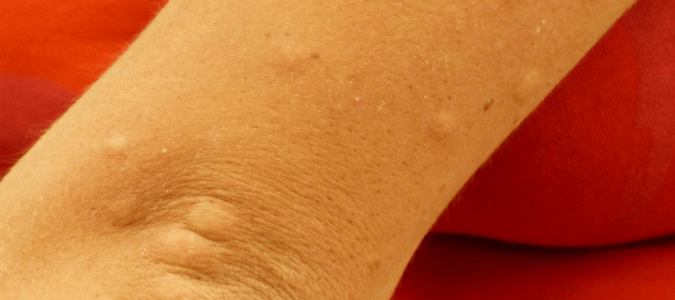
How to Protect Yourself from Mosquito Bites
As you can see from the feeding times above, mosquitoes are active at nearly all times of day and night. The worst times of day tend to be dusk and evening for most species. Naturally, that coincides with the time that many people enjoy sitting outside and relaxing. So, how can you enjoy your time outside and not worry as much about mosquito bites? The best solution is to work with a professional pest control company, but here are some steps you can take to complement their efforts.
Understand Peak Activity Seasons
Mosquito season in Texas peaks during the warmer months of the year. Expect higher populations of the pests in the spring, summer and early fall. If you live along the coast, you can expect high populations almost year-round.
Use Protection
It’s a good idea to spray yourself with EPA-registered insect repellent if you’re working outside during the day or headed outdoors in the evening. Better yet, wear long sleeves and long pants to give these biting pests less room for attack.
Eliminate Standing Water
To make a noticeable difference in your backyard mosquito population, it’s essential to remove all sources of standing water to eliminate their breeding grounds.
Here are several places to regularly look for standing water:
- Trays underneath plant containers
- Pet water dishes
- Bird baths
- Buckets
- Overturned lids from trash cans
- Old tires
- Wading pools
- Pools and hot tubs
- Gutters
- Drainage ditches
- Stormwater basins
- Wastewater containers
Enlist the help of your neighbors in eliminating many local sources of standing water. They’ll appreciate lower populations of mosquitoes as much as you do!
Look at Your Landscape
Having an elaborate landscape enhances your home’s beauty, but it may also be attracting mosquitoes to the areas you enjoy most. Mosquitoes don’t only enjoy standing water—they also like the dense cover from lush foliage. Consider ways you could thin out the vegetation, particularly near entrances and patios.
Check Your Openings
If it’s been a while since you’ve inspected your screens, windows and doors, now is the time to close any openings that may be allowing mosquitoes to enter. Check the weather stripping around doors and replace it if it is loose or torn. Repair screens and caulk any cracks you find.
Enclosing your outdoor patio area with screens is the best way to enjoy the outdoors without the threat of mosquitoes. Consider allocating your next home upgrade budget to this project.
ABC Can Reduce Mosquito Populations on Your Property
If you’ve dealt with serious mosquito problems in your landscape or pool area, you understand how hard it can be to control these bugs on your own. For mosquito control, it’s best to rely on experts like the team at ABC Home & Commercial. Our experts can assess the unique needs of your family and your property, and advise you on effective solutions for your home and landscape.
